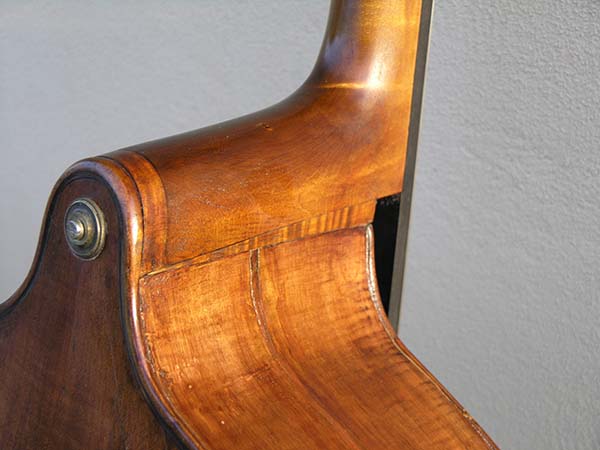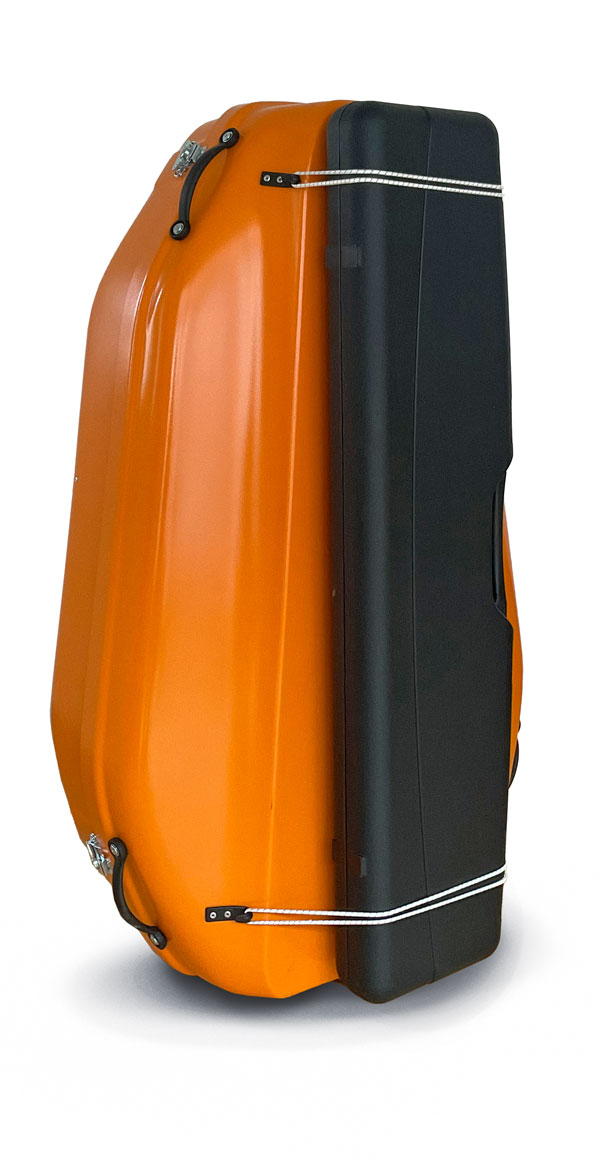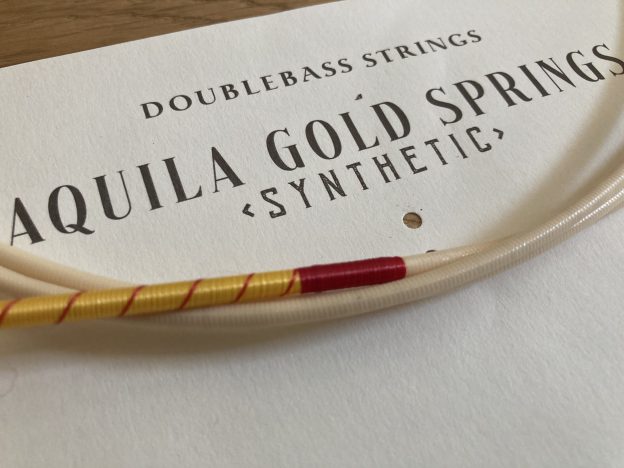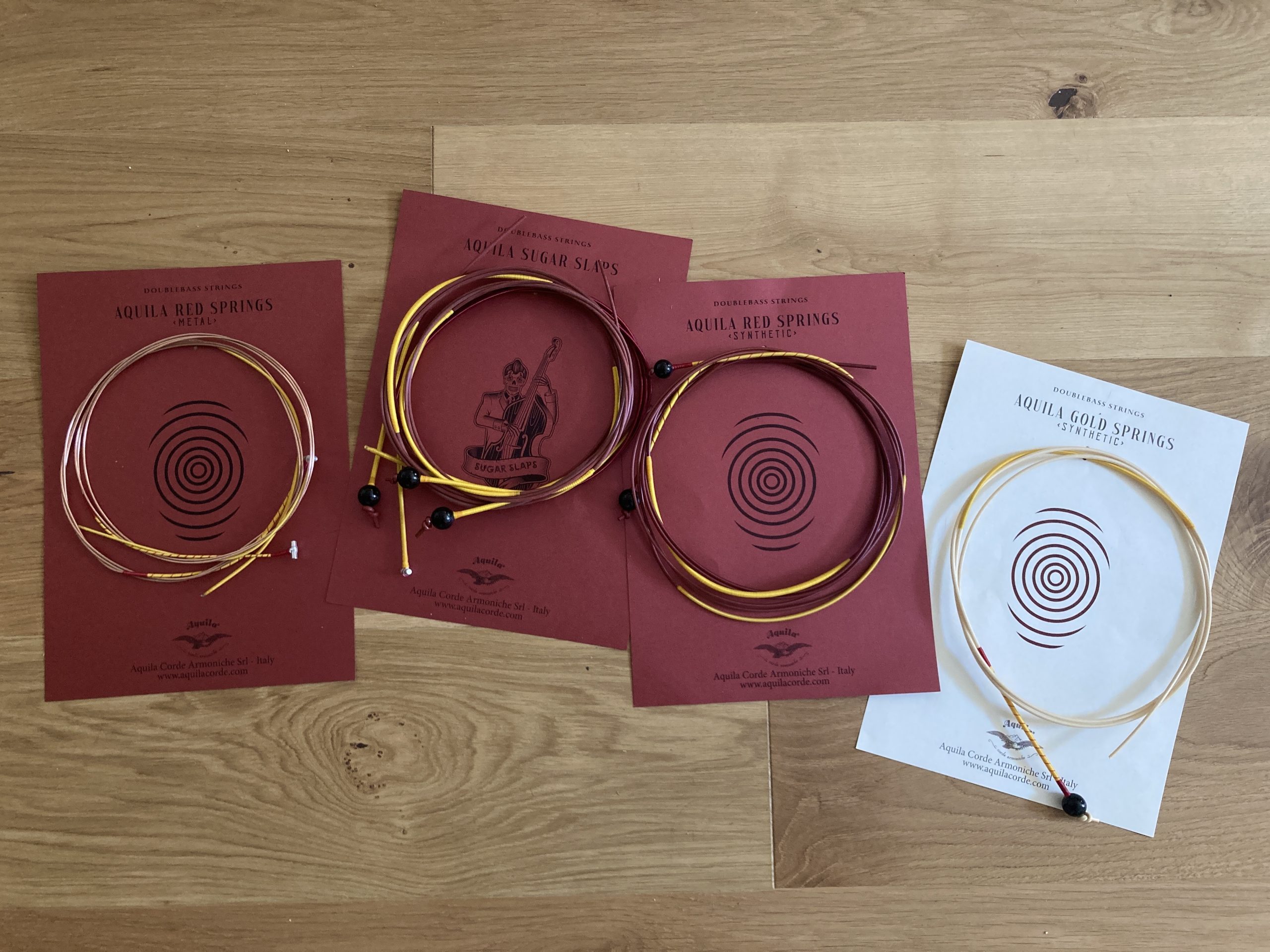When a few years ago two double bass colleagues had their valuable and beloved instruments stolen within a short distance of each other, and they sent fruitless search calls to the double bass community, I took this as an opportunity to think about and implement a digital theft protection via GPS tracker (more after the click).
Since then, a lot has happened in the tracker market. Apple has also recently entered the market and offers its AirTags. AirTags offer some outstanding advantages: they are small and light, the batteries last forever, and since for tracking the already existing iPhones are used – so not only the own iPhone, but simply all of them – one has no costs for SIM cards or mobile phone contracts. Conventional GPS trackers have to communicate with each other, and for that they need a SIM card and a contract. So at first glance, AirTags look like a perfect solution for instrument theft protection*.
But as smart as AirTags are, they are not suitable for theft protection, because Apple does not want them to be used to spy on people unnoticed – even if they are thieves. If you get an AirTag unnoticed, Apple will alert you after a while with an acoustic signal and a notice on a nearby iPhone (more about this after the click). This makes sense for finding lost objects. An anti-theft tracker, on the other hand, should remain unnoticed by the thief – otherwise he can remove the tracker or take other measures to prevent it from being tracked.
Surprisingly, there are now even more reports where AirTags are not used for theft protection, but on the contrary for preparing a theft.
Since I first installed a tracker in a double bass, they have become even more powerful and also less expensive. What has increased, however, are the running costs of many products: In the early years, people used conventional SIM cards (mostly cheap prepaid SIM). Phone providers didn’t like this so much; in many cases they changed the terms of their contracts to prevent their use in trackers – and at the same time launched their own, more expensive solutions on the market. Many of today’s trackers are not offered as stand-alone devices, but only in conjunction with a contract. A common area of use for such trackers is now e-bikes: here the trackers are permanently installed in the bike by the manufacturer, and the tracking service is sold as an optional accessory.
For use in the double bass, there are now trackers which, due to their size, can be housed in the body and, depending on the model, can also be charged there and thus remain there permanently – an important requirement for effective theft protection. The battery life is up to one week. I would love to show photos at this point – but for obvious reasons I refrain from doing so (the enemy reads along 😉 )
However, if you are interested in equipping your double bass with a tracker, please feel free to contact me. The procedure is reversible – no modification is made that could not be completely undone.
*Note: I use the term “theft protection”, although an instrument can of course be stolen even with an existing tracker. A tracker can’t prevent a theft any more than a theft insurance can – but in the best case you can get your beloved instrument back with the help of the tracker.





